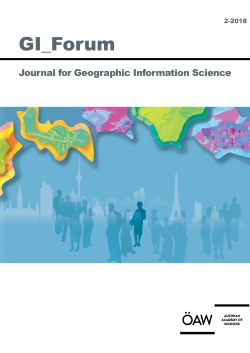
GI_Forum 2018, Volume 6, Issue 2, pp. 85-96, 2018/12/10
Journal for Geographic Information Science

Social media such as Twitter or Facebook not only create new spaces of interaction and communication, they also influence the way we perceive things and lead to changes in our self-perception and our own worldview. Online data occur in various forms and can contain opinions or expressions of feeling. In this article, we explore the potential of SentiStrength, a tool for sentiment analysis in geographic research. We analyse posts on Twitter containing hashtags for possible constructions of spaces in Ostend, a neighbourhood in Frankfurt, Germany. We collected tweets via the Twitter API and used the SentiStrength online application to conduct our sentiment analysis. In order to evaluate the results, we also classified our data manually for comparison. Through its lexicon-based classification, the tool was able to identify positive and negative associations of Ostend. However, we were also able to demonstrate the limitations of the tool compared to manual analysis. Although it provides a quick and comprehensive overview of sentiments, SentiStrength reaches its limits when other media such as images are involved. Overall, the tool offers a good low-threshold approach for scientists to work with digital data.
Keywords: sentiment analysis, SentiStrength, Twitter, hashtags, construction of space